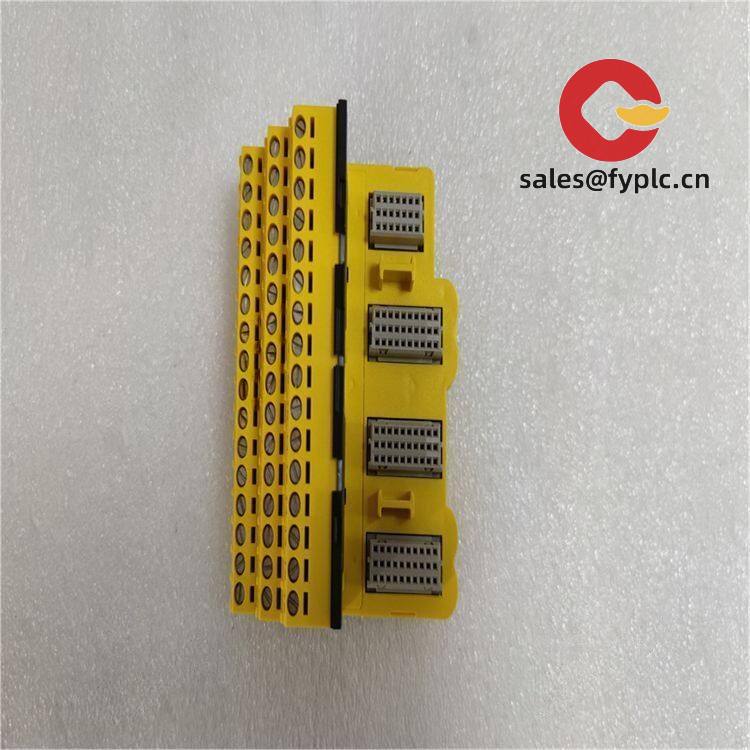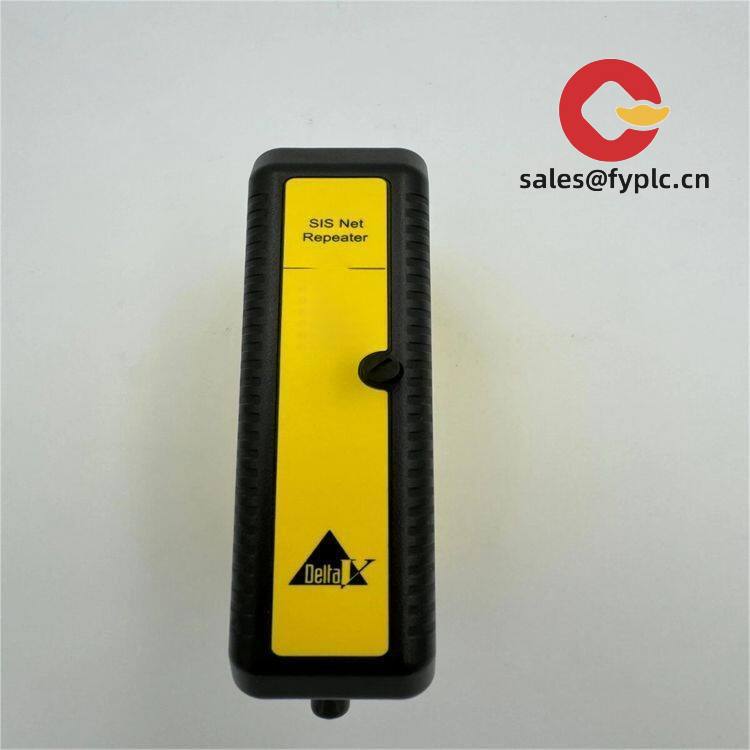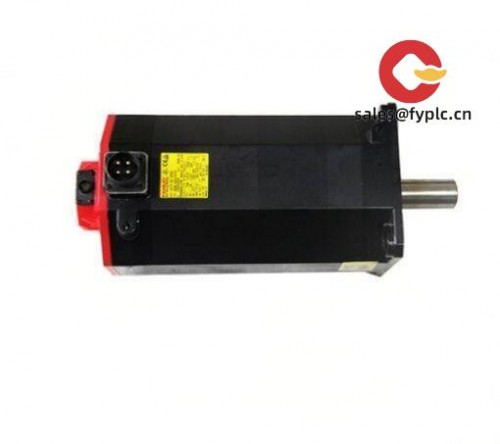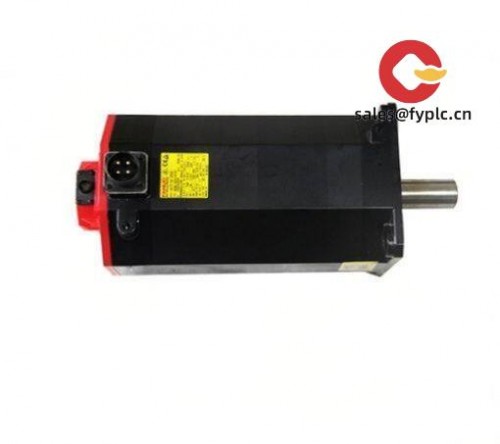Description
Emerson KJ2004X1-BA1 DeltaV Remote Interface Unit – Reliable remote I/O integration for DeltaV systems
The Emerson KJ2004X1-BA1 is a DeltaV Remote Interface Unit (RIU) designed to bridge remote field signals back to your DeltaV control network with minimal wiring and maximum reliability. From my experience, it’s the piece you add when instruments are spread out and you want to keep cabinet counts, cable trays, and commissioning hours under control. It typically supports remote AI/AO/DI/DO signal interfacing through the DeltaV backplane and communicates over the DeltaV remote I/O link, making it a practical way to extend control to skids, remote racks, and brownfield areas without a major rewire.
Company’s Order Placement Process and Guarantees
- Warranty period: 365 days
- Delivery time: 1 week for in-stock; no more than one month at the latest
- Payment: 50% advance payment; full payment before delivery
- Express delivery: FedEx, UPS, DHL
- Each unit is visually inspected and packaged to OEM-friendly standards
Key Features
- Remote I/O consolidation – Brings distributed field signals into DeltaV without long home-run cables, which typically cuts installation cost and complexity.
- DeltaV-native integration – Appears as part of the DeltaV architecture, streamlining configuration, diagnostics, and maintenance.
- Redundancy-ready topology – In many cases, RIUs can be deployed in redundant paths to maintain signal availability during maintenance or a single-path fault.
- HART pass-through support – When paired with compatible field I/O, HART data can be passed back to DeltaV for device diagnostics and asset management.
- Hot-swappable module design – Typically supports replacement without shutting down the entire node, reducing downtime during service.
- Compact, cabinet-friendly – Fits the standard DeltaV M-series carrier footprint, easing retrofit work in existing panels.
Technical Specifications
| Brand / Model | Emerson DeltaV / KJ2004X1-BA1 (Remote Interface Unit) |
| HS Code | 8537.10 (Boards/panels for electric control, ≤1000 V) |
| Power Requirements | 24 VDC nominal via DeltaV backplane; consumption typically < 8 W (varies by revision and configuration) |
| Operating Temperature | 0 to +55 °C typical; non-condensing environment |
| Signal Input/Output Types | Supports remote AI/AO/DI/DO through associated field junction hardware; HART pass-through commonly supported with compatible devices |
| Communication Interfaces | DeltaV remote I/O link (RS-485–based), redundant topology supported in many installations |
| Installation Method | Installs on standard DeltaV M-series carrier/backplane; hot swap and keyed seating to prevent mis-insertion |
| Dimensions & Weight | Standard DeltaV module form factor; weight typically < 0.4 kg (refer to Emerson datasheet for exact outline) |
| Compliance | CE, UL/cUL, RoHS; commonly used in Class I, Div 2 / Zone 2 cabinets when installed per manufacturer guidelines |
Application Fields
You’ll typically see the KJ2004X1-BA1 in projects where instruments sit far from the control room and cable runs need to be rationalized. Common scenarios include:
- Oil & gas well pads, remote manifolds, and compressor stations
- Refining and petrochemical units with skids or off-plot packages
- Power plants and utilities with distributed balance-of-plant I/O
- Pharmaceutical and biotech skids that must tie into the main DeltaV DCS
- Water and wastewater facilities with field panels across a site
One maintenance lead told us their team moved a cluster of remote valves onto an RIU and cut home-run wiring by about 60%, which seems to be in line with what we see on most brownfield upgrades.
Advantages & Value
- Reliability – DeltaV-native RIU with robust diagnostics and stable operation in control cabinets; fewer terminations often means fewer nuisance faults.
- Compatibility – Works within the established DeltaV architecture and engineering tools, avoiding custom gateways.
- Cost savings – Reduces long cable pulls and cabinet density; installation hours and commissioning time are typically lower.
- Scalability – Add remote drops as the plant grows without redesigning the main control room I/O.
- Support – Straightforward lifecycle support with spares, firmware guidance, and configuration help.
Installation & Maintenance
- Panel requirements – Mount in a clean, dry enclosure with adequate ventilation; follow DeltaV cabinet layout and grounding practices. Maintain ambient 0–55 °C where possible.
- Power & wiring – Feed from the DeltaV 24 VDC backplane supply. Use shielded twisted pair for the remote I/O link (RS-485–based) and bond shields at one end to control noise.
- Redundancy – Where uptime is critical, deploy redundant paths/modules and route cabling separately to reduce common-cause failure.
- Safety – Only insert/remove modules when procedures permit. Verify hazardous area approvals if the cabinet is in a classified location.
- Routine care – Check terminal torque, clean dust with dry air, review DeltaV diagnostics periodically, and apply approved firmware updates during planned outages.
- Documentation – Match hardware firmware revisions with DeltaV software version notes; this avoids odd behavior during commissioning.
Quality & Certifications
- Manufacturer certifications typically include CE and UL/cUL; many installations also cite RoHS compliance.
- Often applied in Zone 2 / Class I, Div 2 panels when installed per the OEM installation manual.
- Warranty: 365 days (replacement or repair according to delivery terms).
Note: Specifications can vary by hardware revision and system design. If you share your DeltaV version and intended channel mix, we can validate compatibility and confirm exact power and wiring details before shipment.















Reviews
There are no reviews yet.